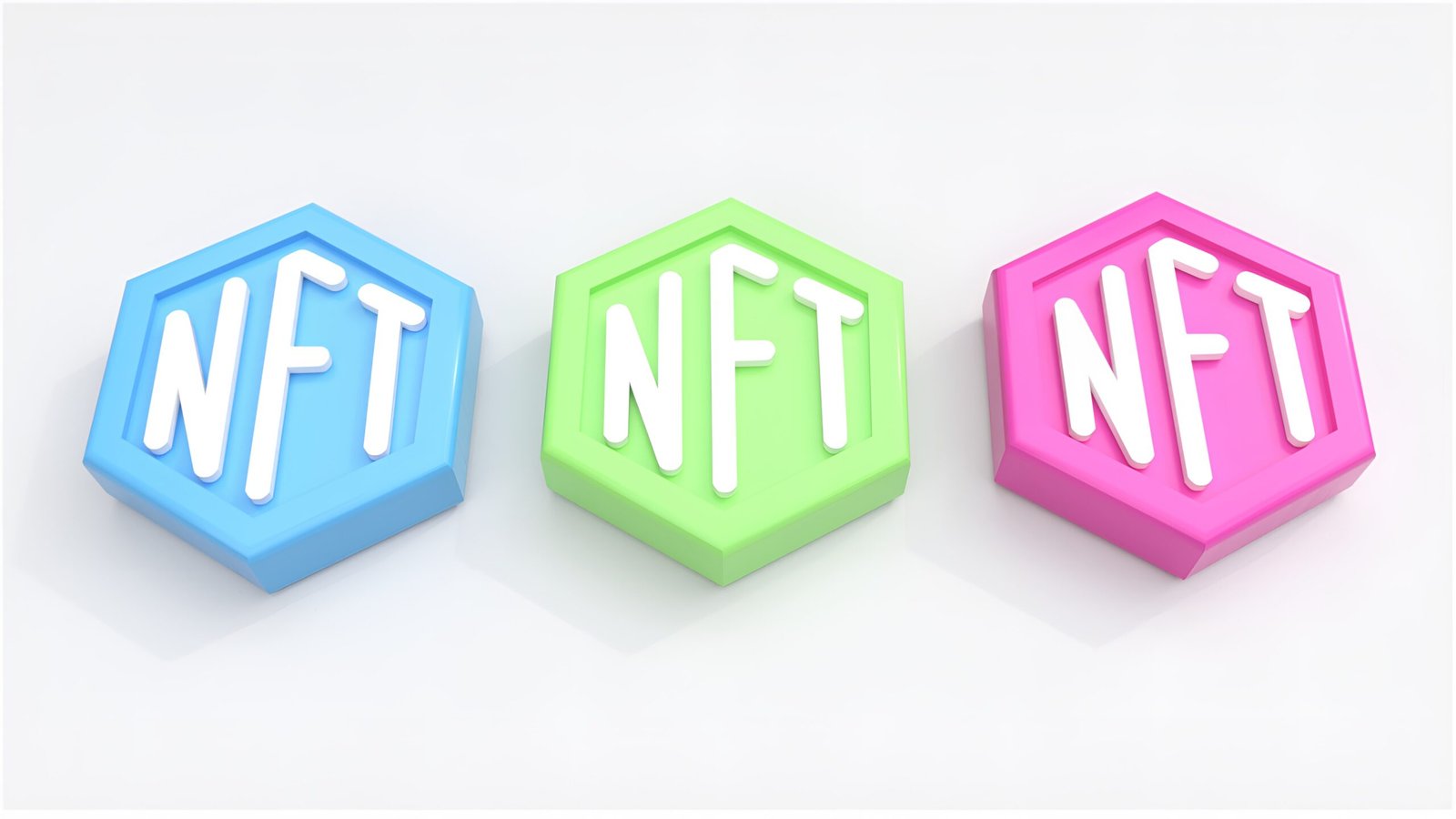Over the past year, the world of digital art has been buzzing with excitement over the emergence of NFTs (Non-Fungible Tokens). These unique digital assets have taken the art world by storm, with artists and collectors alike jumping on the bandwagon. However, as the initial hype begins to fade, it’s becoming clear that the idea of NFTs may have fallen short in some key areas. Surprisingly, not many people are talking about it. Let’s dive deeper into why this might be the case.
The Promise of NFTs
When NFTs burst onto the scene, they were hailed as a revolutionary way for artists to monetize their digital creations. The concept was simple yet powerful: by tokenizing digital art, artists could sell their work directly to collectors, cutting out the middlemen and ensuring that they received a fair share of the profits. Additionally, NFTs offered a new level of ownership and authenticity in the digital realm, allowing collectors to prove their ownership of a unique piece of art.
Issues with NFTs
While the promise of NFTs was certainly enticing, it didn’t take long for some significant issues to arise. One of the most pressing concerns is the environmental impact of NFTs. The process of minting and trading NFTs on blockchain platforms, such as Ethereum, requires a tremendous amount of energy, contributing to the carbon footprint of the entire cryptocurrency industry. This has led to widespread criticism and calls for more sustainable alternatives.
Another issue with NFTs is the lack of regulation and oversight. With the explosion of NFT marketplaces, it has become increasingly difficult to distinguish between genuine artists and opportunistic scammers. Many artists have reported instances of their work being stolen and sold as NFTs without their consent, leading to a loss of control and potential revenue.
Furthermore, the astronomical prices that some NFTs have fetched at auctions have raised concerns about market manipulation and speculation. Critics argue that the hype surrounding NFTs has created a bubble that could burst at any moment, leaving many artists and collectors with significant financial losses.
The Silence Surrounding NFTs
Given these issues, one might expect a heated debate and widespread discussions about the shortcomings of NFTs. However, the reality is quite different. The silence surrounding NFTs can be attributed to several factors.
Firstly, many early adopters of NFTs, including prominent artists and celebrities, have a vested interest in maintaining the hype and positive narrative around these digital assets. They have benefited greatly from the initial wave of enthusiasm and may be hesitant to acknowledge the downsides.
Secondly, the mainstream media, which played a significant role in fueling the initial excitement around NFTs, seems to have moved on to other topics. With the constant barrage of news and trends, it’s easy for a once-hot topic to fade into obscurity.
Lastly, the complexity of blockchain technology and the intricacies of the NFT market make it challenging for the average person to fully grasp and engage in meaningful discussions. As a result, the conversation around NFTs has largely been confined to niche communities and online forums.
The Future of NFTs
While the current state of NFTs may seem bleak, it’s important to remember that this is still a relatively new and evolving market. As the technology matures and the industry addresses its shortcomings, we may see a more sustainable and regulated NFT ecosystem emerge.
Efforts are already underway to develop greener alternatives to the energy-intensive blockchain platforms used for NFTs. Additionally, initiatives to establish standards and best practices for NFT creation and trading are gaining traction, which could help protect artists and collectors from fraud and exploitation.
Ultimately, the success or failure of NFTs will depend on the collective efforts of artists, collectors, platforms, and regulators to address the challenges head-on and create a more inclusive and responsible marketplace.
Conclusion
While the initial excitement surrounding NFTs may have faded, the issues and concerns surrounding these digital assets are still very much present. The lack of discussion and critique is a cause for concern, as it hinders progress and prevents meaningful improvements from being made. As we navigate the future of NFTs, it’s crucial that we engage in open and honest conversations about their impact and potential, ensuring that the art world evolves in a way that benefits artists, collectors, and the environment.









